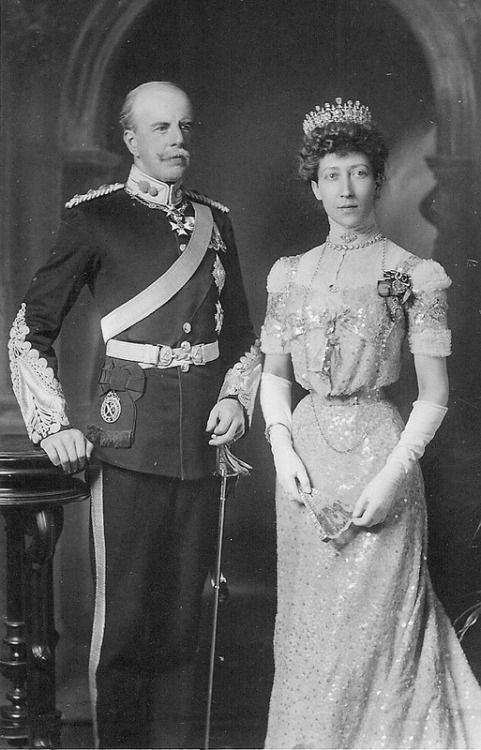
It is only a small exaggeration to say the Banff’s caravan parks owe their existence to one Dr William Gordon Stables, born in 1837 at nearby Aberchirder, or Foggie as it is called locally. Dr Stables had a career as a surgeon in the Royal Navy and when retired wrote over 100 books, mainly tales of imperial derring-do for children, to supplement his pension.
A fortuitous encounter with a gypsy encampment changed his dream of owning an ocean-going yacht into commissioning a Land Yacht. And what a yacht it turned out to be – the world’s first purpose-built leisure caravan? Measuring some 18 feet long, 6 feet 7 inches wide and a maximum of 10 feet 8 inches high, the Land Yacht Wanderer, built of mahogany, weighed about two tons. It was pulled by two large horses and came with all mod-cons for the time: a valet, coachman, dog, cockatoo, and a china cabinet. The caravan’s security system consisted of Dr Stables’ ‘Navy cutlass and a good revolver’.
In 1885 The Wanderer embarked on a 1300-mile journey around Britain subsequently written up and published in 1886 as, The Cruise of the Land Yacht ‘Wanderer’ – the first caravan holiday guide book? It must have been quite the spectacle trundling through towns and villages, particularly as Dr Stables cut such a fine figure of a man in his Highland dress. His fame was such that in 1907 he was elected Vice President of the Caravan Club despite not being a member or ever attending a meeting.
There is no doubt that Dr Stables would have delighted in any one of Banff’s caravan sites. On a visit here he commented, ‘I have discovered Banff … it is by far and away the most delightful town on the coast. … the scenery all around would delight the eyes of poet or artist.’ Fine praise indeed from our gentleman gypsy.




